Death is an inevitable part of life that we know very little about because we can’t communicate with those who have passed. Scientific research into the different phases of death gives some insight into the mental and physical changes that occur as death approaches. It’s a process that affects not only the person dying but also their loved ones. There are also cultural differences in how death is viewed. Here, we try to clear up some of the misconceptions surrounding death and provide some clarity and peace of mind.
Death is Always Painful

Pain at the end of life is a fear, but with modern palliative care techniques, most physical pain can be managed. Pain management specialists and hospice care providers work to ensure that those at the end of life feel as little discomfort as possible, using medications, therapies, and holistic approaches to alleviate suffering. There is no shame in using strong painkillers towards the end of life, especially if it makes the last moments of the person dying comfortably.
Everyone Fears Death
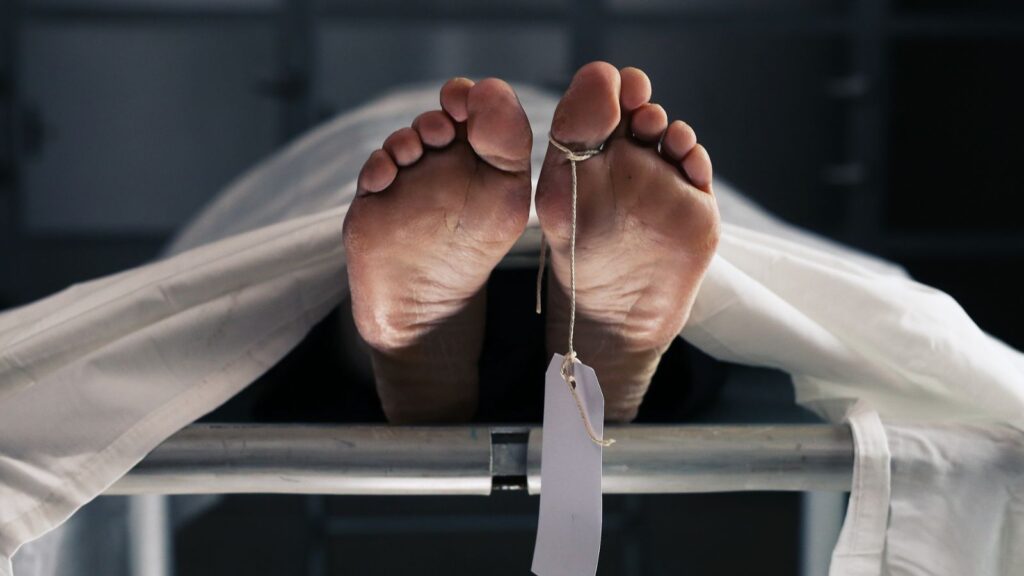
While fear of death is a common emotional response, it's not universal. People’s attitudes towards death vary based on personal experiences, cultural backgrounds, and philosophical or spiritual beliefs. Some see death as a peaceful end, while others view it as a religious experience where they pass from the mortal world to continue a transcendental existence. A spiritual approach to death often removes much of the fear involved.
Hospice Means Giving Up

Hospice care is seen as a last resort for those who have no hope of recovery. In reality, being admitted to a hospice is about making life as comfortable as possible. It's designed to support not only the patient but also their family with a focus on quality of life, managing symptoms, and providing emotional and spiritual support through a team of caregivers.
Autopsies Are Routine
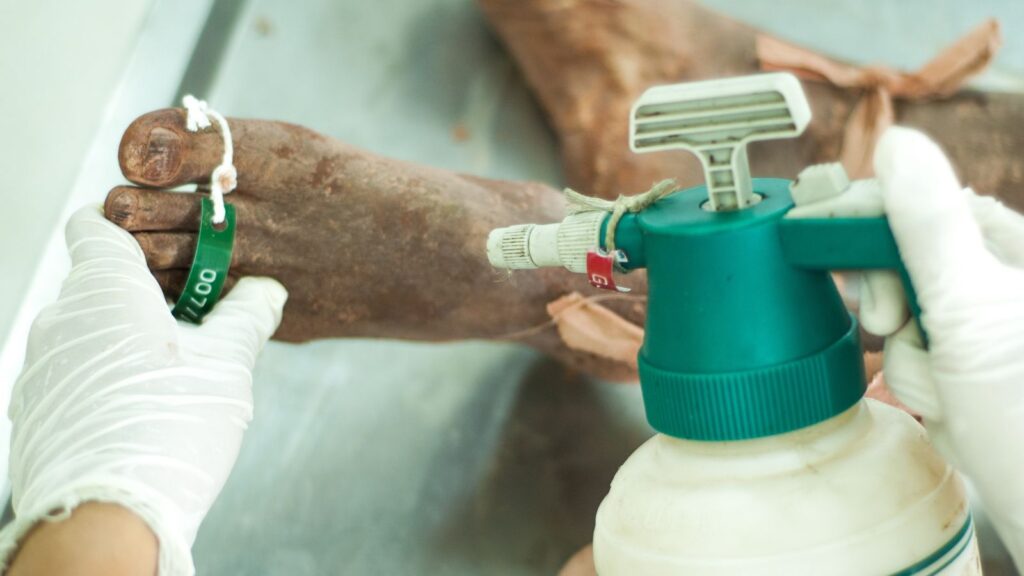
Autopsies are not as common as many think. They are generally performed to determine the cause of death when it is unclear, particularly in cases of sudden or unexpected deaths. Autopsies provide closure for families and contribute to medical knowledge, but they are conducted with consent and consideration for the family’s wishes and cultural practices.
Death Occurs Instantly

The process of dying can vary from person to person. While some may pass quickly due to sudden events like a heart attack, others may experience a gradual decline from chronic illnesses. Understanding the dying process helps families prepare emotionally and logistically for what’s to come. In the case of long-term illnesses, death is slow, and this makes it hard to accept. It’s especially important for the families and friends of those suffering to also get support.
Grief Follows a Set Timeline

Grief is personal and doesn’t follow a predictable or linear path. The notion of a set timeline for mourning is misleading; grief can come in waves, be triggered by memories or dates, and change intensity over time. Recognizing this helps individuals find patience and compassion for themselves and others who are grieving. Grief may not hit straight away either; for some people, it can take years before they allow themselves to start the grieving process.
Children Should Be Shielded from Death

Protecting children from the reality of death might seem beneficial, but in practice, it can leave them confused and frightened when they inevitably encounter it. Educating children about death helps them develop coping mechanisms that will serve them throughout their lives.
Cardiac Arrest Means Certain Death

While cardiac arrest is a severe and life-threatening event, it does not always result in death. Advances in medical response, including the widespread availability of Automated External Defibrillators (AEDs) in public spaces and improved resuscitation techniques, have increased survival rates. Training in CPR and AED is more common, and many workspaces provide training so that there is always someone capable of performing CPR.
CPR Always Works

CPR can save lives, but its effectiveness varies based on the situation and the swift initiation of the procedure. Public education on how and when to perform CPR is improving but there is still a lack of knowledge about when it’s the right time to provide it and that it may not always work.
Bodies Are Always Embalmed
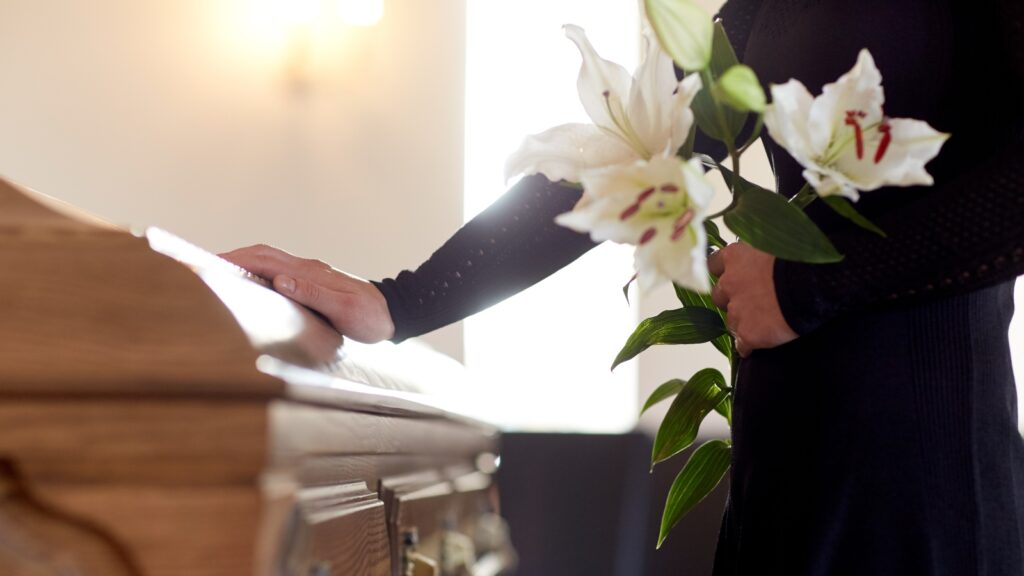
Embalming is primarily practiced in North America to preserve the body for funeral viewings and is not a global norm. In parts of the world, cultural and religious practices dictate rapid burial. Environmental concerns are leading many to reconsider the practice as the fluids used seep into soil when the person is buried.
All Deaths Are Tragic
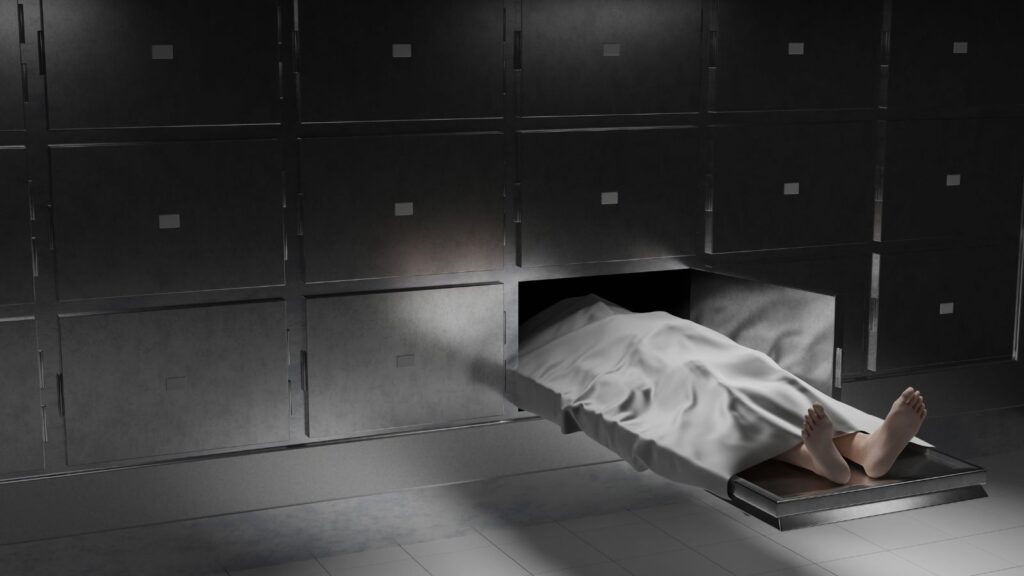
Death is often viewed through a lens of tragedy, particularly when it is premature or sudden, but death is also a natural part of life’s cycle. In many cultures, death is seen as a transition to another state of being or a celebration of a life well-lived, challenging the notion that all deaths are inherently tragic. Celebrating the life of someone who has passed rather than mourning can be seen in the tradition of the 9th night in the Caribbean and the wake in Ireland.
Spiritual Experiences Are Universal
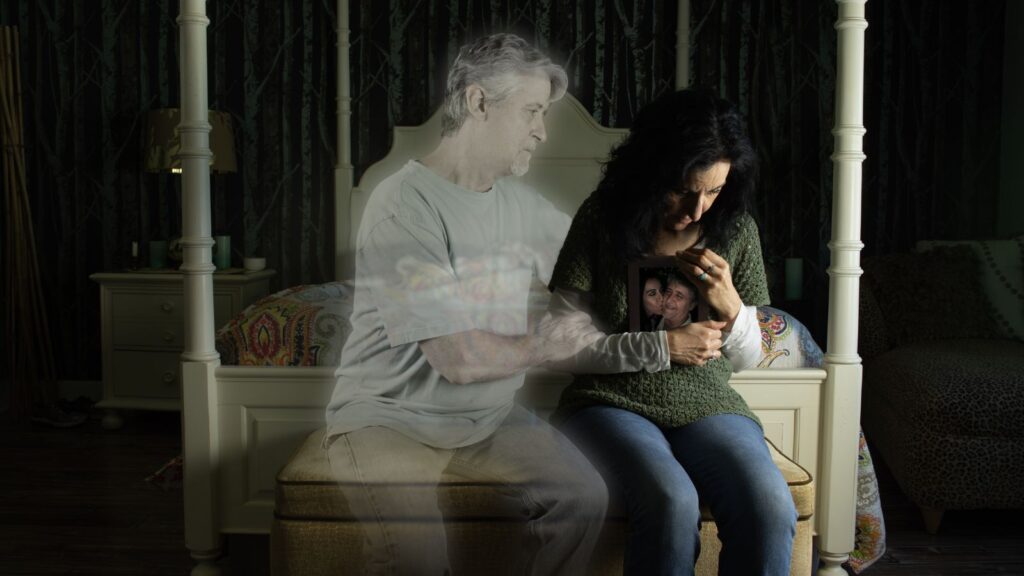
Spiritual or transcendent experiences related to death, including visions or feelings of peace, are reported by some but not experienced by all. These phenomena are comforting to those who experience them and their families, but they should not be expected. Each individual’s end-of-life experience is unique and is influenced by different factors, including personal beliefs, medical conditions, and the environment at the time of death.
Funerals Are for the Dead
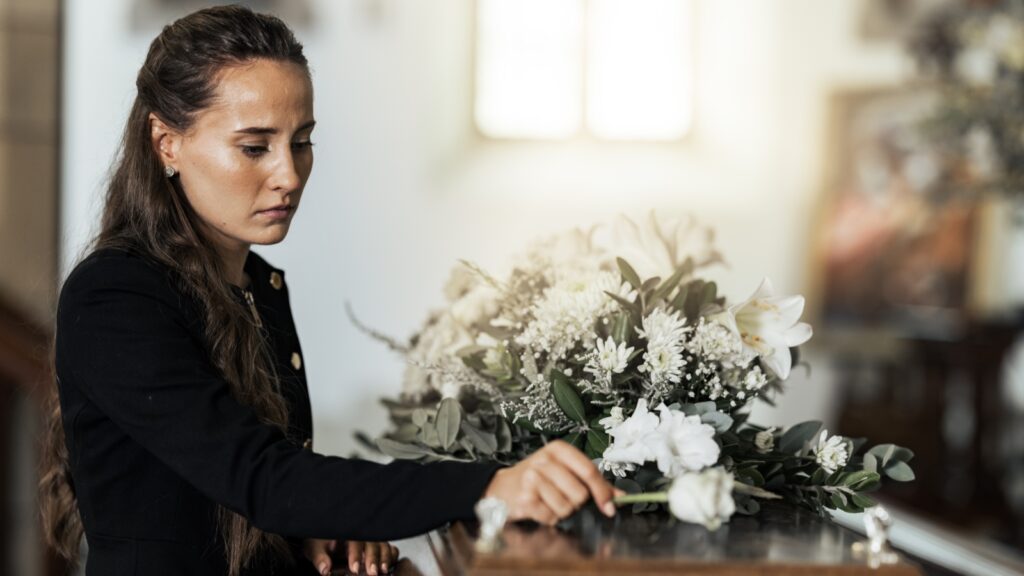
Funerals and other end-of-life rituals are primarily for the living, providing a way to honor the deceased while offering survivors a chance to express their grief and begin the healing process. These ceremonies can vary widely across cultures and individual preferences, emphasizing the importance of personalization in funeral practices.
Bodies Must Be Buried
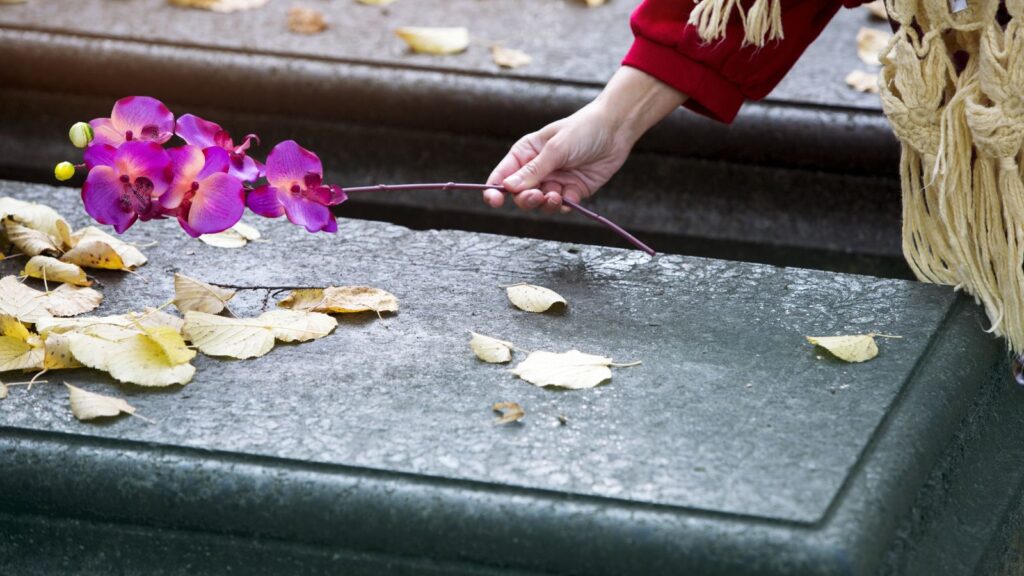
While burial is a common practice, it isn't the only option. Alternatives like cremation, sea burials, donation to science, and green burials are becoming increasingly popular. These methods depend on cultural background and personal preference, and some people simply don’t want to be buried in the ground.
Cremation Ends the Remembrance
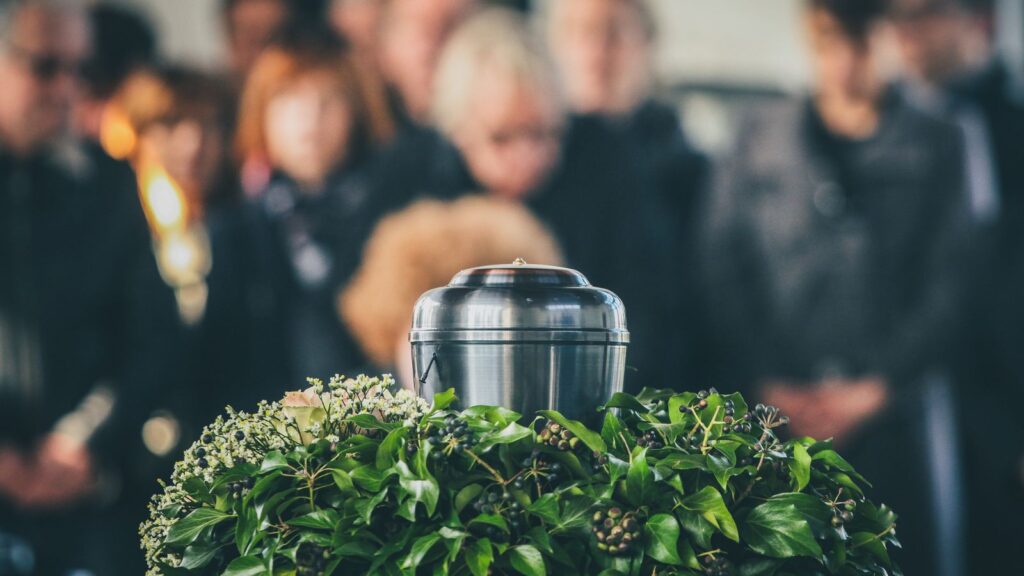
Cremation is chosen for its simplicity and flexibility. The ashes can be kept in an urn, scattered in a meaningful location, or even turned into commemorative objects. This allows families to keep their loved ones close and continue honoring their memory in a personal way. Remembrance is also spiritual and about memories of a person rather than any physical objects.
Talking About Death is Morbid

Discussing death openly and honestly can alleviate fear and misunderstanding. It can also lead to more informed decisions about end-of-life care, estate planning, and personal wishes. A healthy dialogue about death can improve the quality of life for both the dying and their loved ones by ensuring that everyone’s wishes are respected and met.
The Dying Have No Awareness

It is commonly thought that those nearing death are unaware of their surroundings, but many retain a level of consciousness. They may be able to hear and recognize the presence of loved ones, suggesting that communication and expressions of love are still meaningful and appreciated during the final moments.
Organ Donation is Complicated

Organ donation is an organized process supported by medical professionals dedicated to ethical and effective practices. While the decision to donate organs can be complex and personal, safeguards are in place to ensure that the donor and recipients' needs are met with respect and care.
30 Traditional Sayings That Are Now Considered Offensive by Woke Culture

30 Traditional Sayings That Are Now Considered Offensive by Woke Culture
21 Habits Often Associated With Having a Lower Social Status

21 Habits Often Associated With Having a Lower Social Status
25 Social Issues Gen Z are Determined to Cancel

